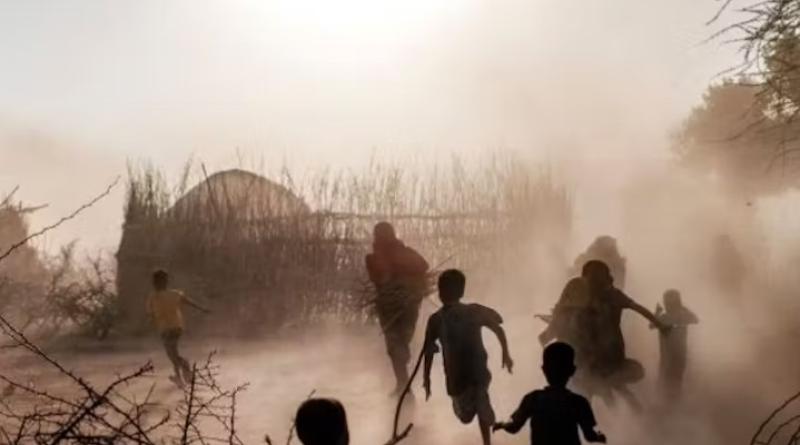Climate change risks triggering a spike in infectious disease outbreaks: three reasons why

Climate change is our planet’s most immediate existential threat, and will likely only worsen for the foreseeable future.
Among its numerous adverse effects on human health, there is strong evidence linking climate change to infectious disease outbreaks.
A recent analysis revealed that of 375 infectious diseases affecting human beings, 218 (58%) can be aggravated by climatic hazards.
It is no longer a question of “if”, but “when” an epidemic will be triggered or amplified by climate events.
It’s vital that swift, decisive action is taken to mitigate the impending public health crisis worsened by climate change.
We are part of the Climate Amplified Diseases and Epidemics consortium launched in early 2023. The consortium is made up of leading molecular biologists, epidemiologists, ecologists and evolutionary biologists.
We engaged with hundreds of scientists from around the world to compile a report, the Climate Change and Epidemics 2023 Synthesis, which was launched in Dubai at COP28.
The team members who led the compilation of the report are from the global south. This is important, as the global south is likely to suffer the largest health effects from climate change.
The report identified three main reasons why climate change may aggravate infectious diseases.
-
Increases in temperature and changes in precipitation patterns create conditions for disease vectors, such as mosquitoes, to flourish and expand their distribution ranges.
-
More frequent extreme climatic events such as floods can cause surges of infections, for example by contaminating drinking water with faecal matter.
-
Climate-driven migration by people and their livestock can trigger outbreaks of infectious diseases.
How are diseases linked to climate change?
Rising temperatures may create environments conducive for the spread of certain types of pathogens and their vectors.
For example, rising temperatures may increase the breeding rate of disease vectors, such as mosquitoes, and the infectious agents they carry, and expand their distribution ranges to new areas.
Arboviruses, which are transmitted by mosquitoes or ticks, chikungunya and dengue now occur in South Asia, South America and Europe in previously unaffected areas.
West Nile virus infections can now be acquired north of the Alps.
The changing climate increases the risk for many types of extreme events such as floods, storms and droughts.
Extreme weather conditions often trigger the displacement of humans and animals, and impair the provision of essential supplies, medical care and transport.
This is particularly true of waterborne pathogens such as cholera. The world is currently in the seventh cholera pandemic.
In 2022 and 2023, following two severe tropical storms causing widespread flooding and destruction, Malawi experienced the deadliest outbreak of cholera in the country’s history.
Droughts also cause infection-related problems. People and their livestock may be forced to use unsafe water sources with higher concentrations of contaminants including water-borne pathogens. Hepatitis E outbreaks occur under conditions of water stress.
Lastly, climate change may lead to large-scale displacement and migration of people and animals. The ongoing El Niño phenomenon will likely produce severe drought in some regions of the world, potentially spurring mass temporary and permanent migrations.
This can lead to more and closer interactions with wildlife, which increases the risk of spillover of pathogens, including novel ones.
Looking after the vulnerable
Developing countries are more at risk of climate disasters. They also have less adaptive capacity and preparedness to respond, leaving them highly vulnerable.
We call on governments, academic institutions and health organisations to expand genomic surveillance capabilities for early detection and to monitor the spread of infectious diseases.
Vulnerable communities are disproportionately affected by climate change. These populations should be prioritised by investing in resilient healthcare systems and disaster preparedness measures.
Saying no to ‘climate doomism’
Rather than falling for “climate doomism”, which tends to paralyse rather than trigger action, we prefer to learn from what has been achieved during the COVID-19 pandemic.
These achievements include novel epidemiological and infection control tools, including self-testing or smartphone apps, wastewater epidemiology and genomic sequencing to track the evolution of the agents that cause the disease.
Substantial capacity consisting of skilled people and adequate facilities has been built in much of the global south. This shows what is possible when the world works together.





